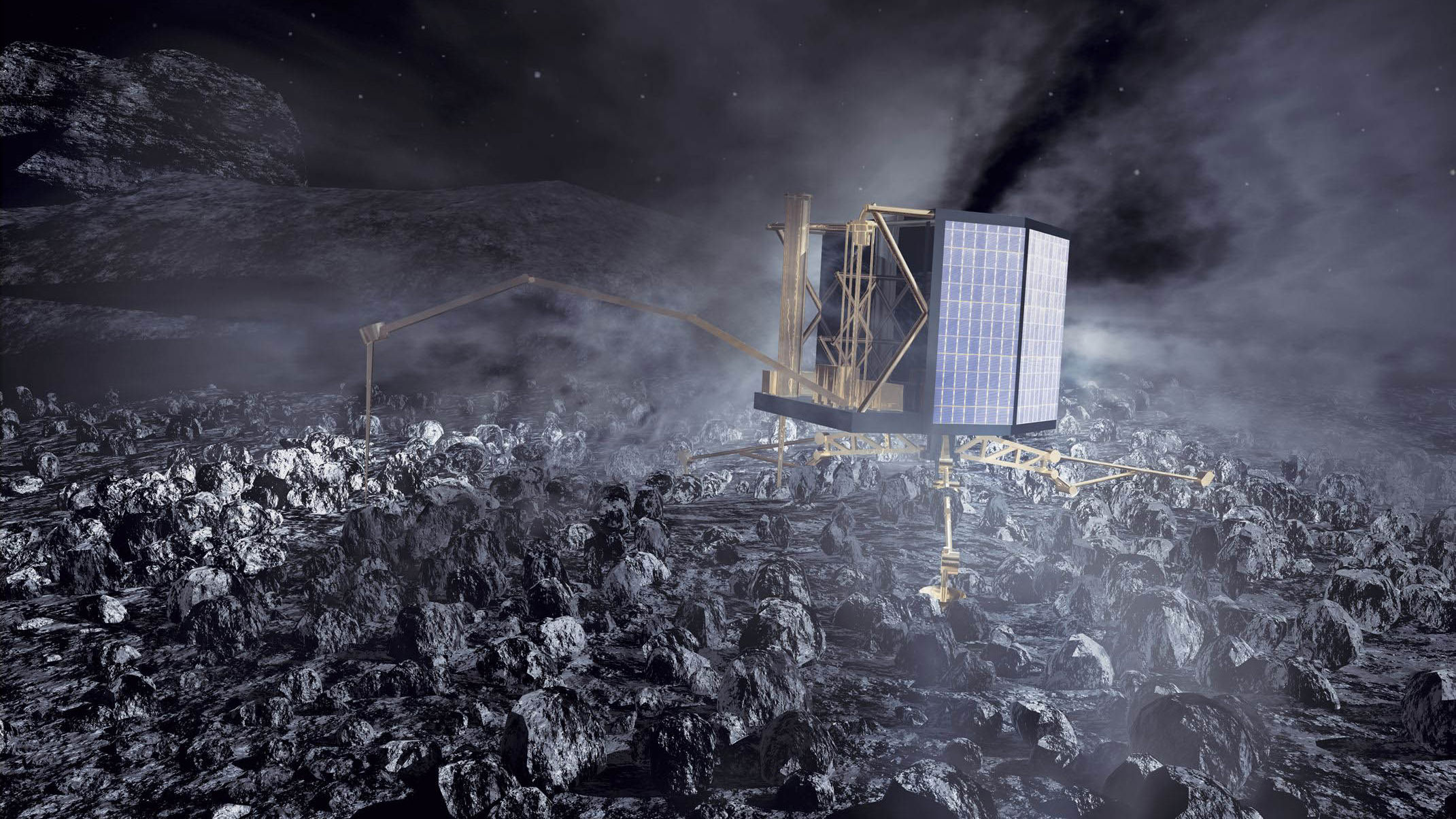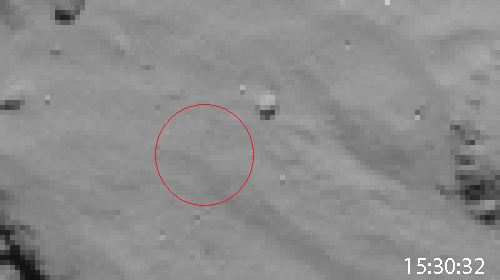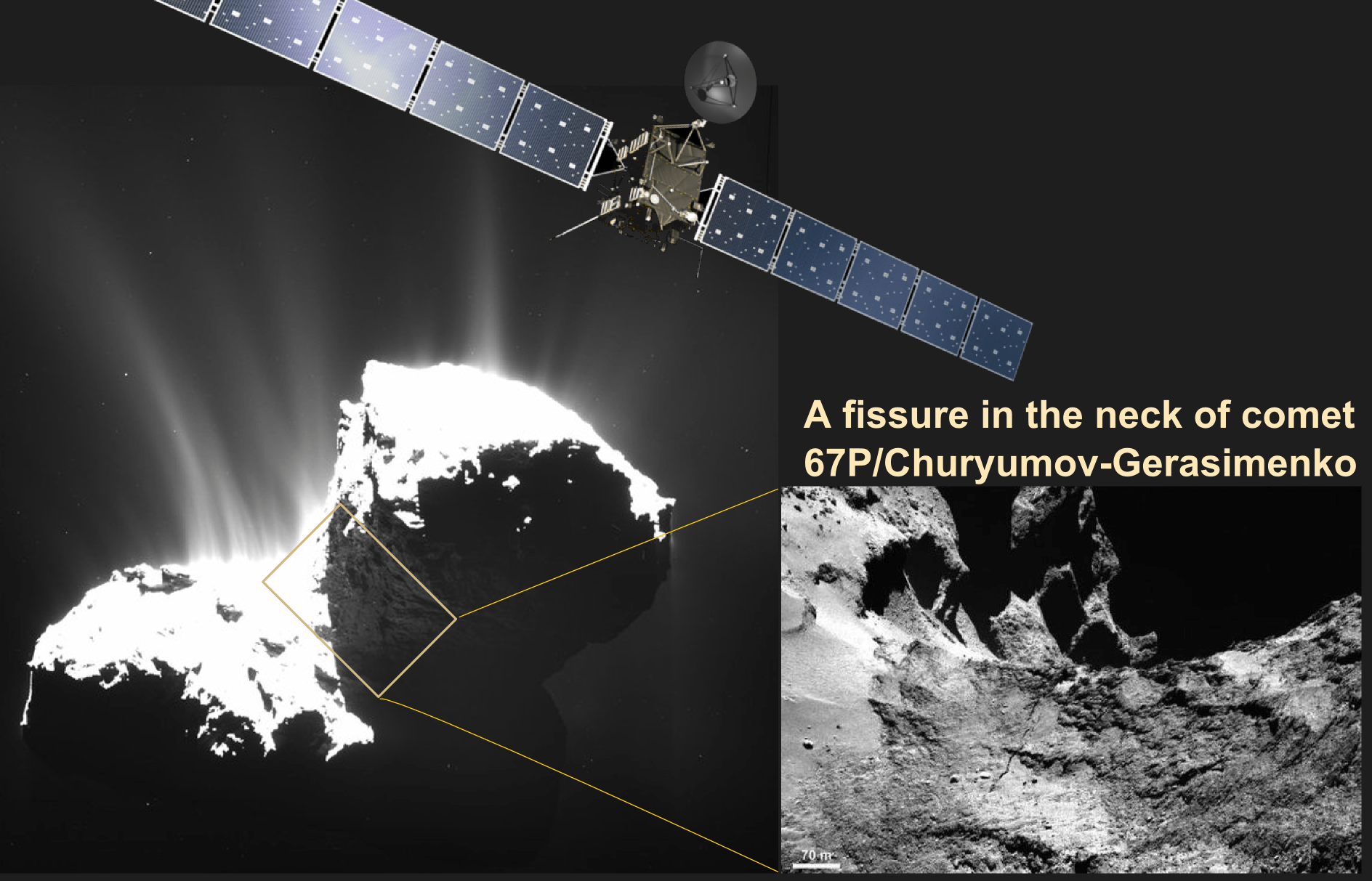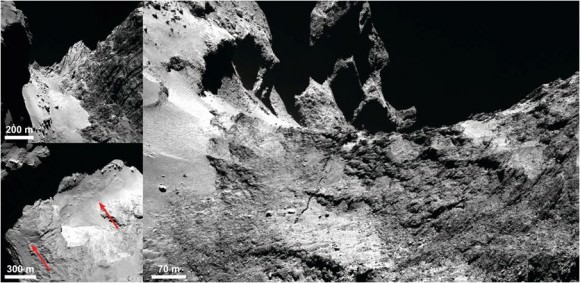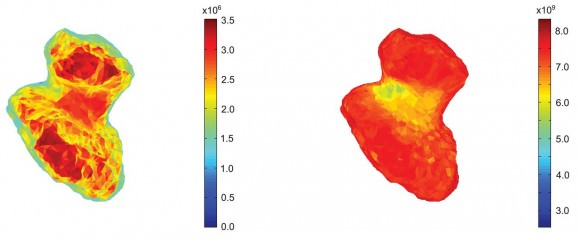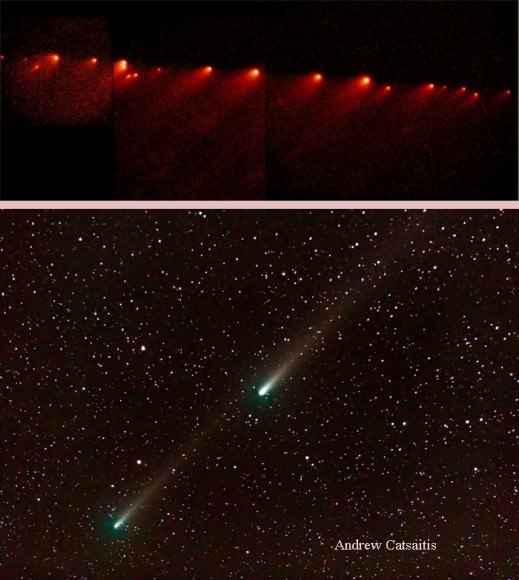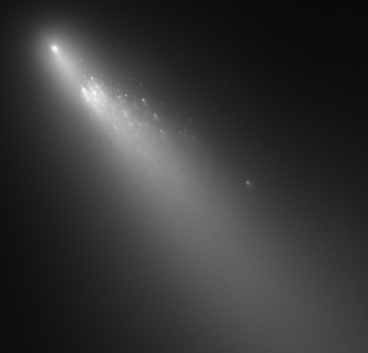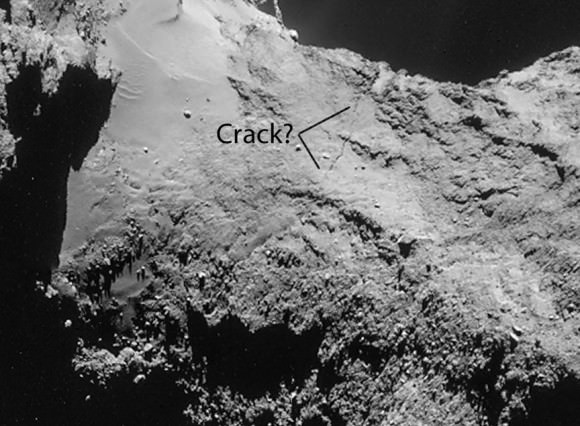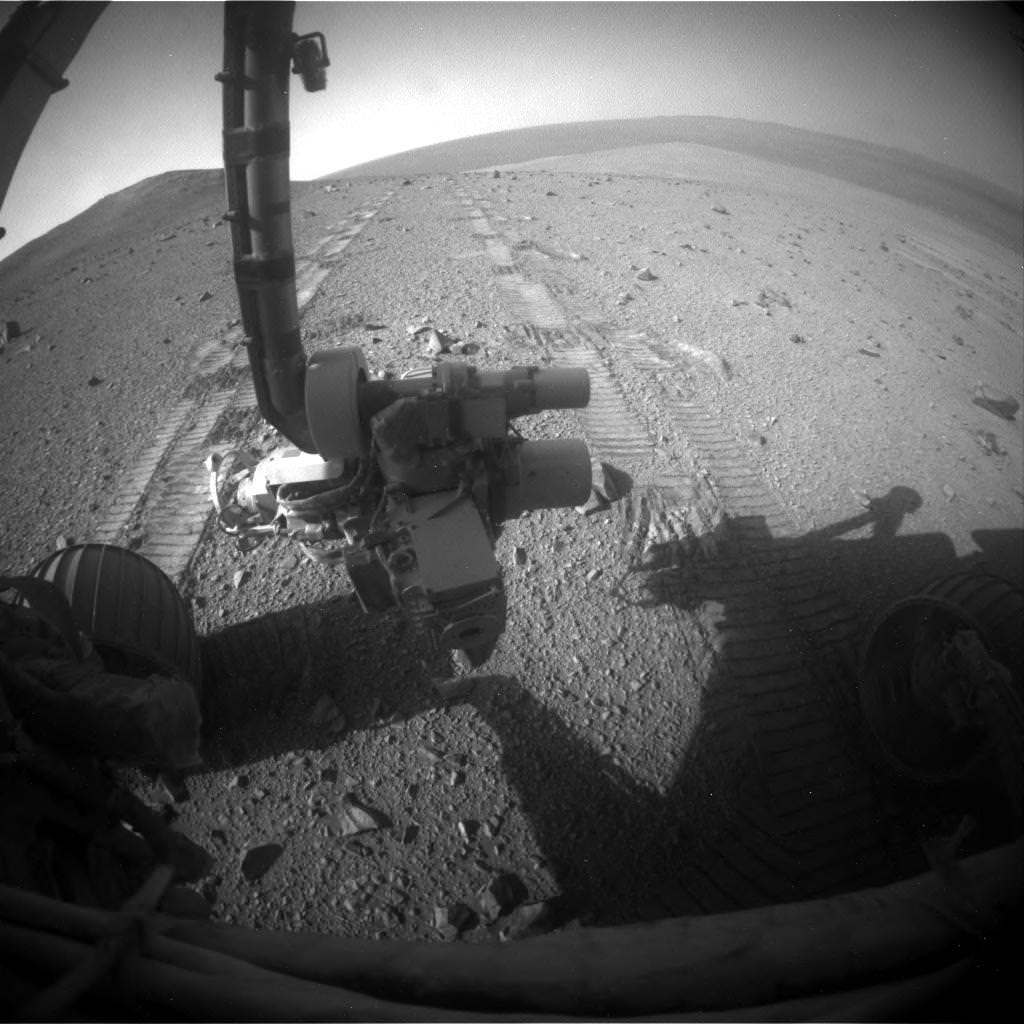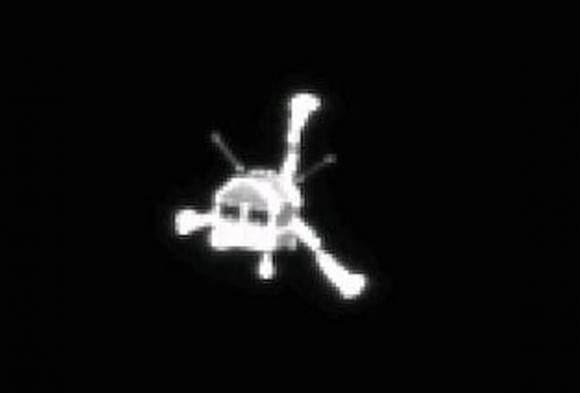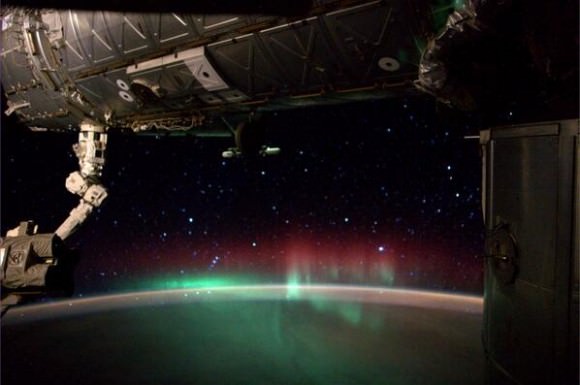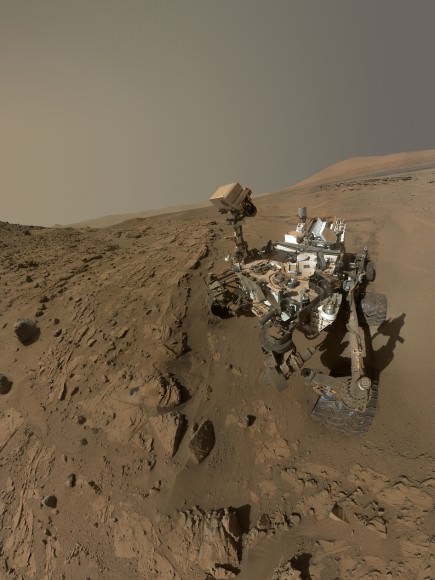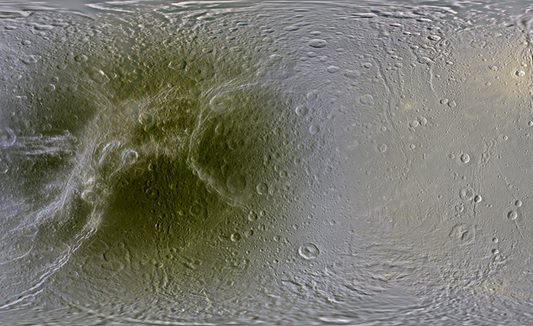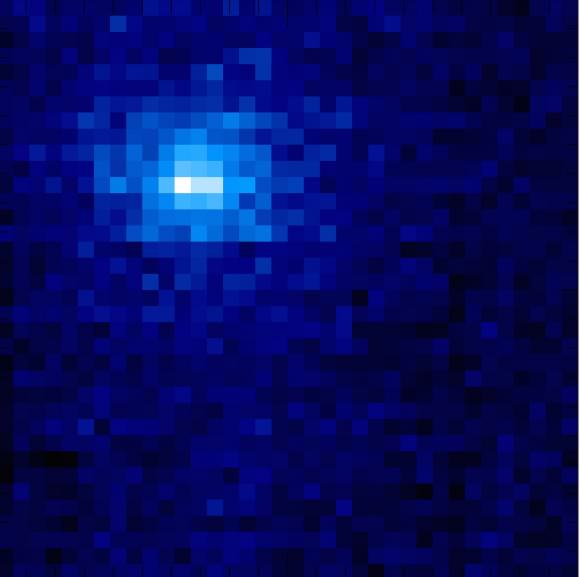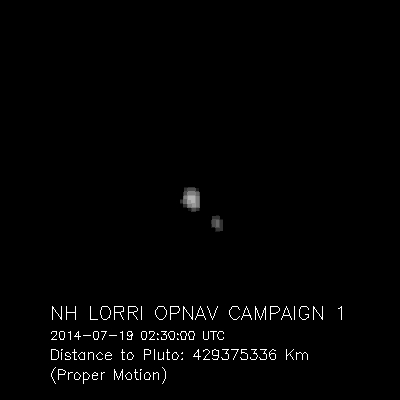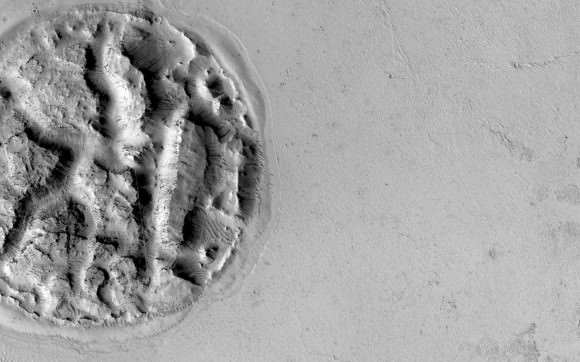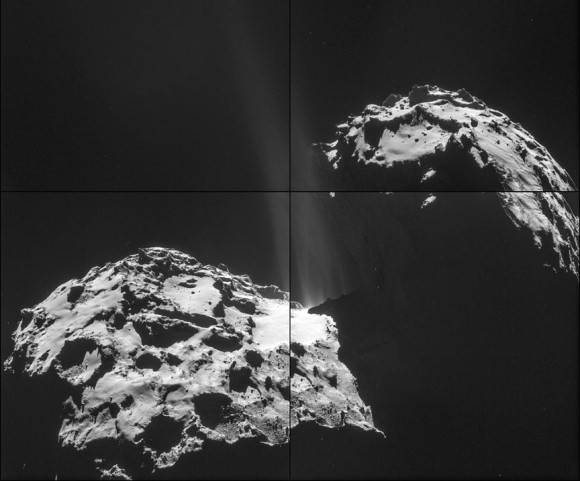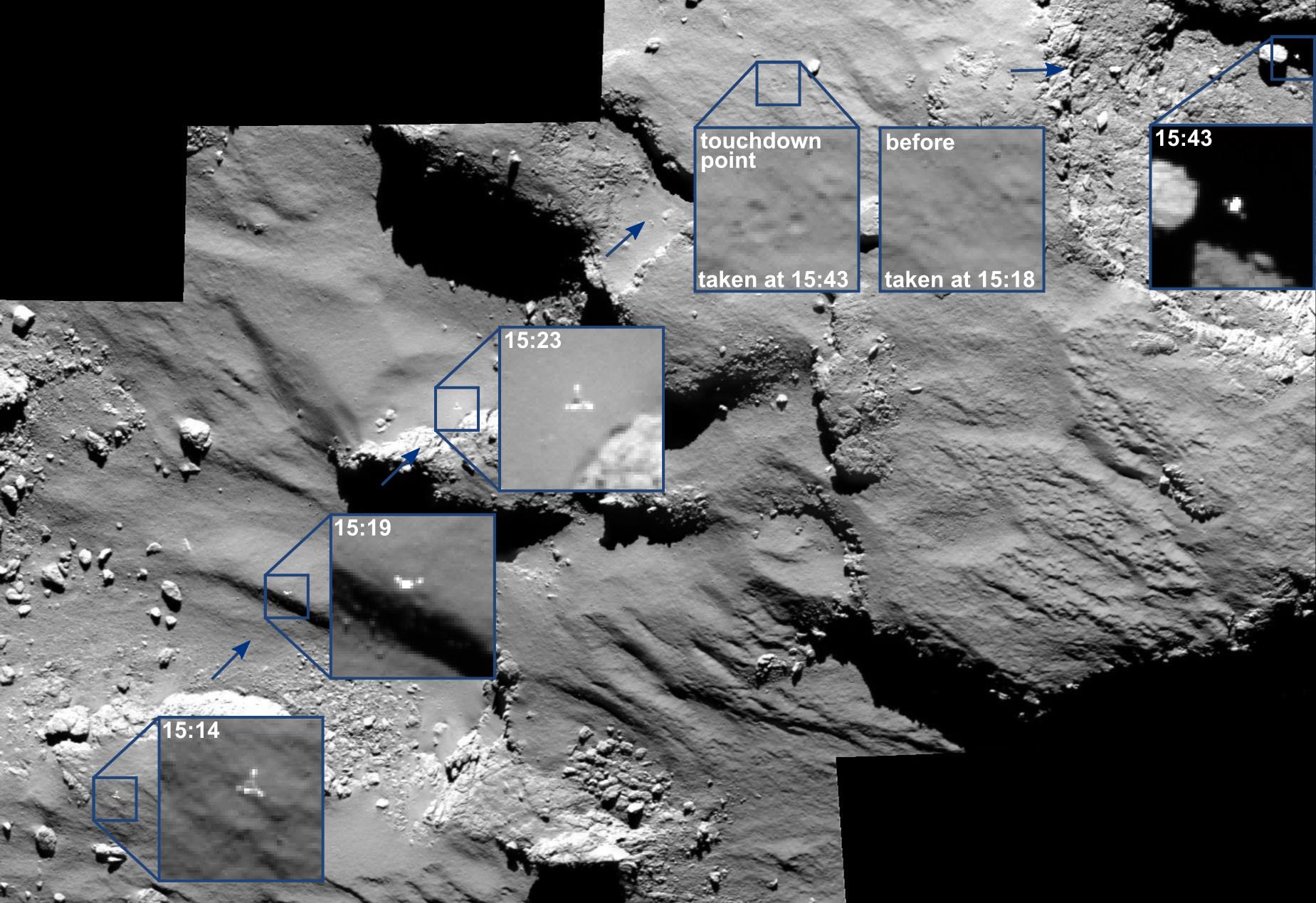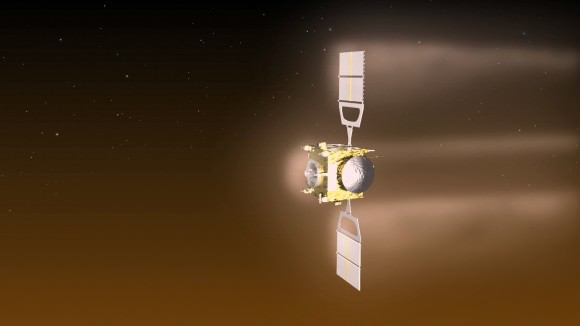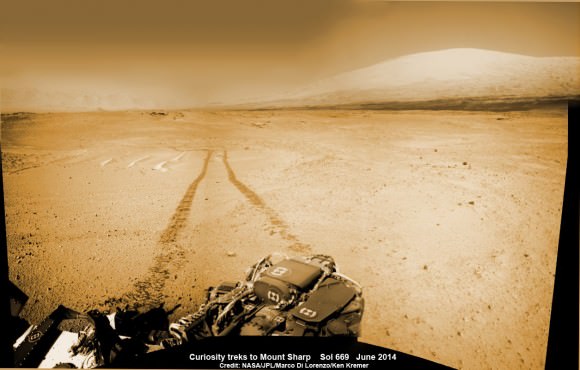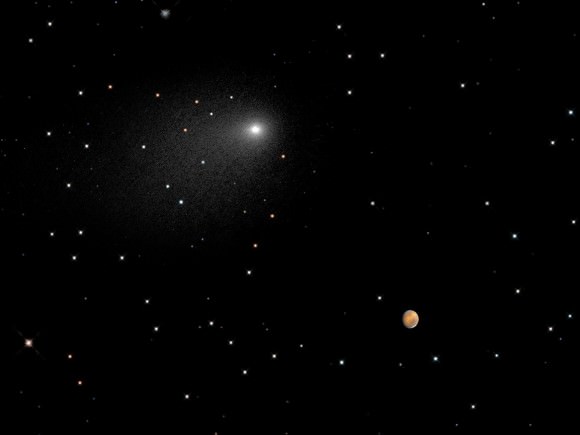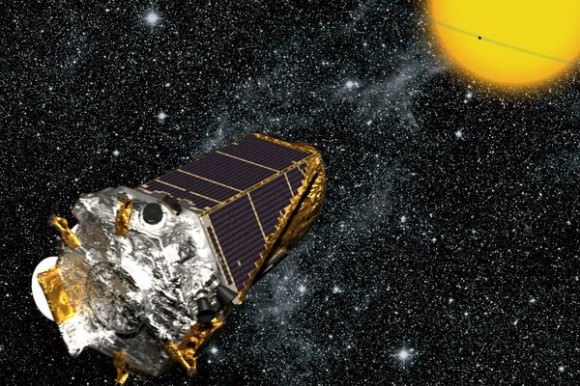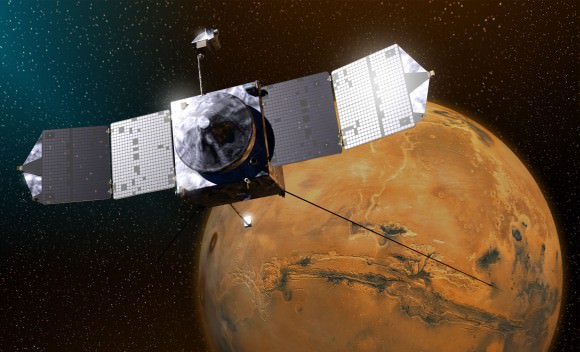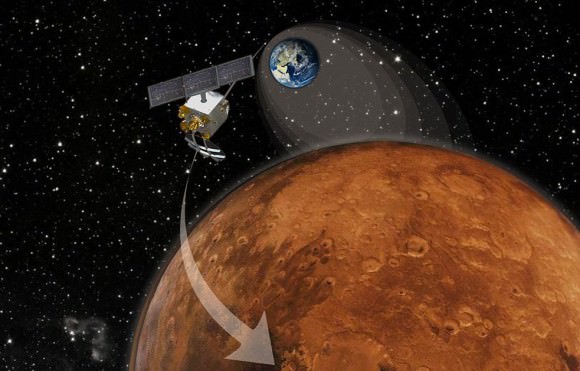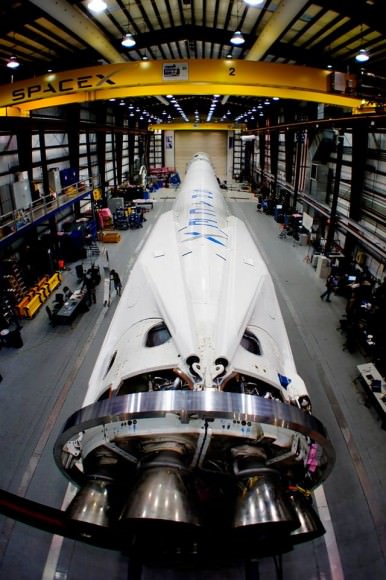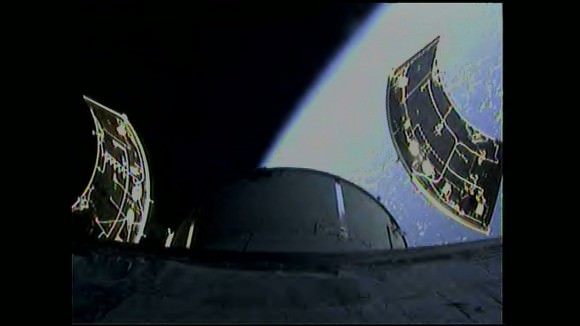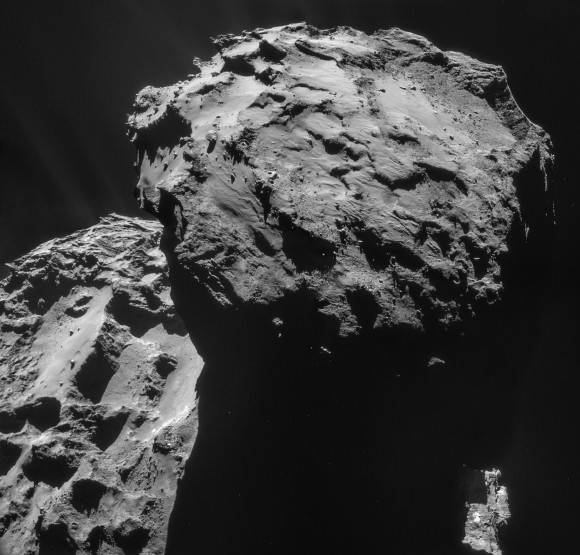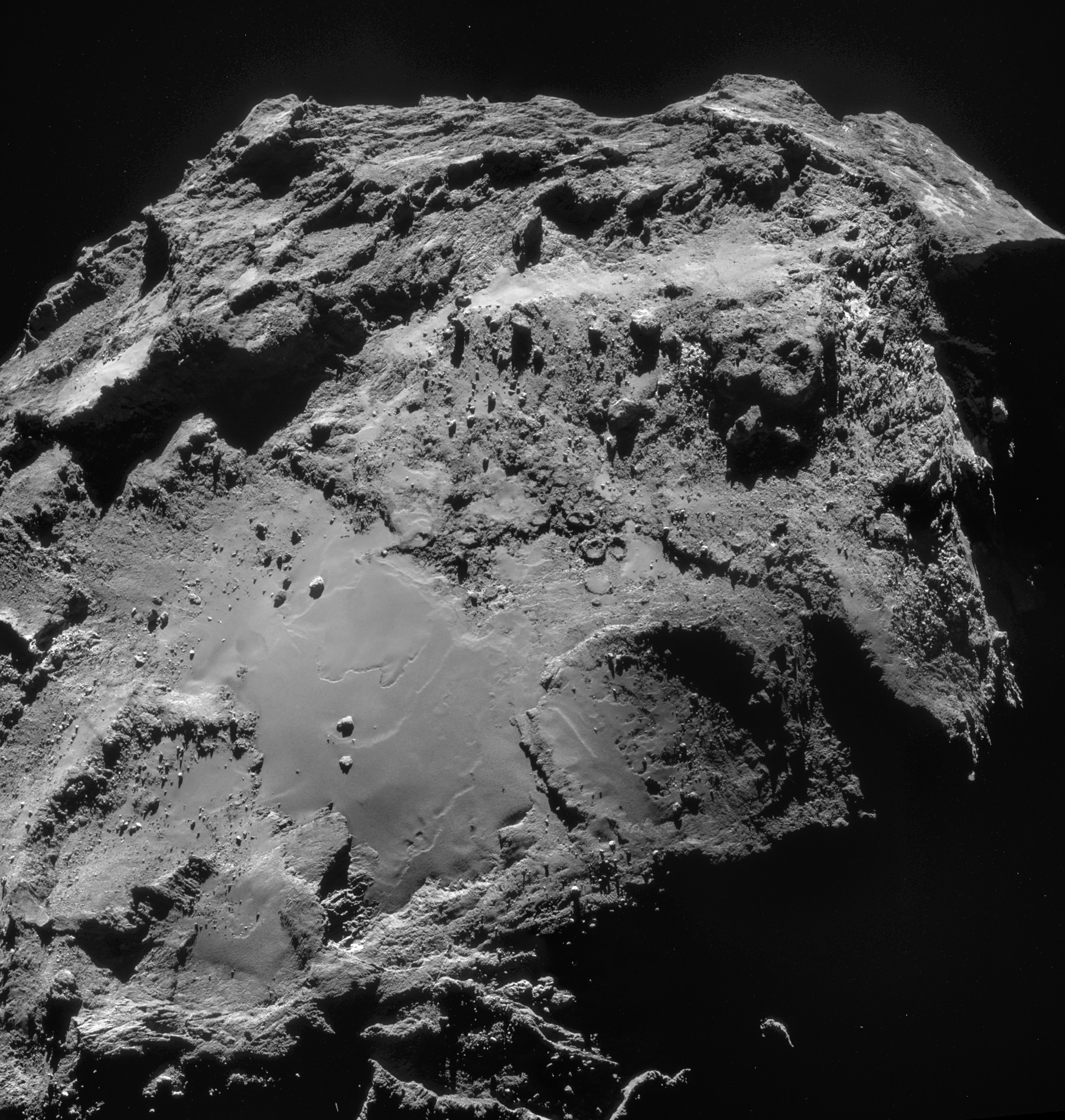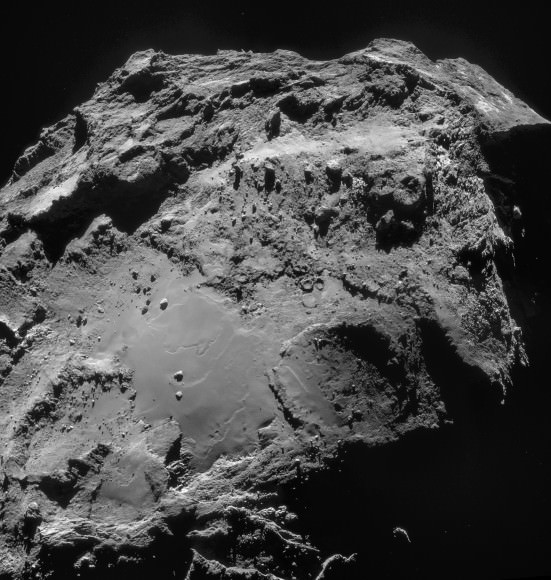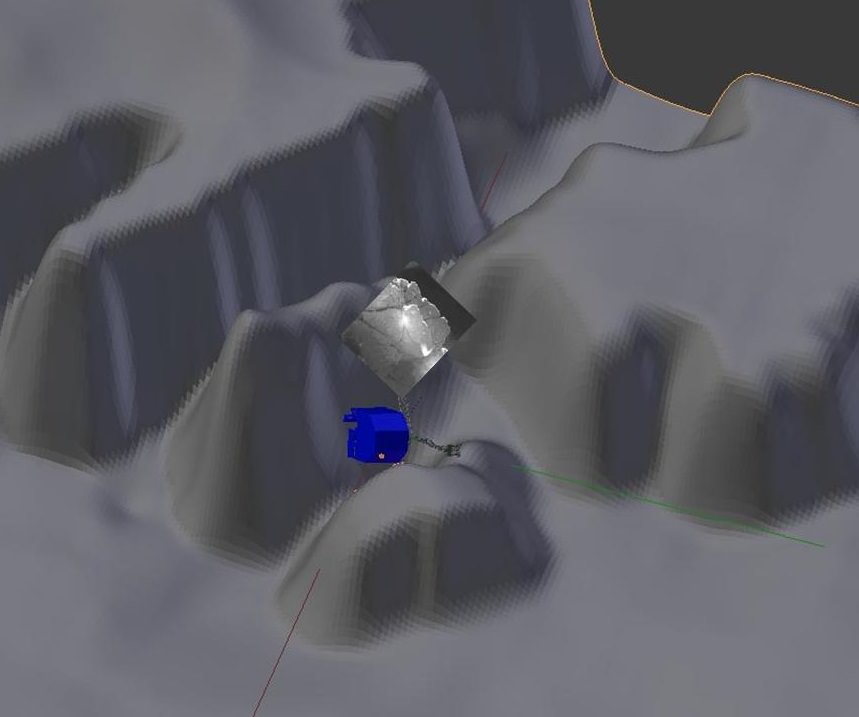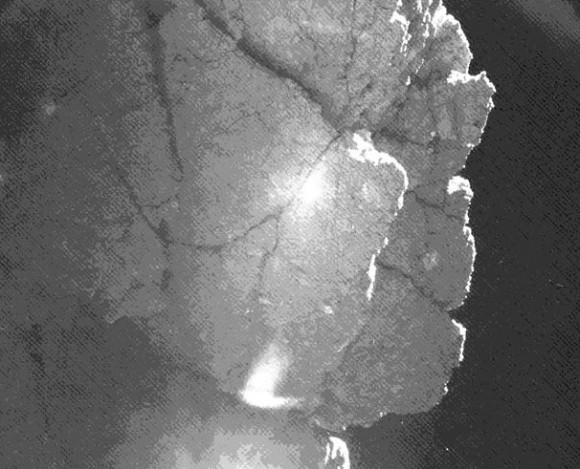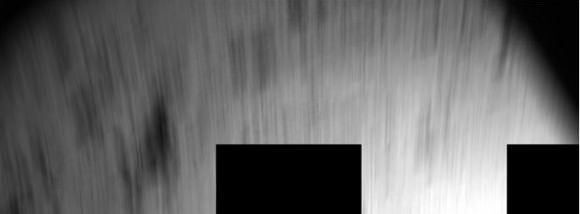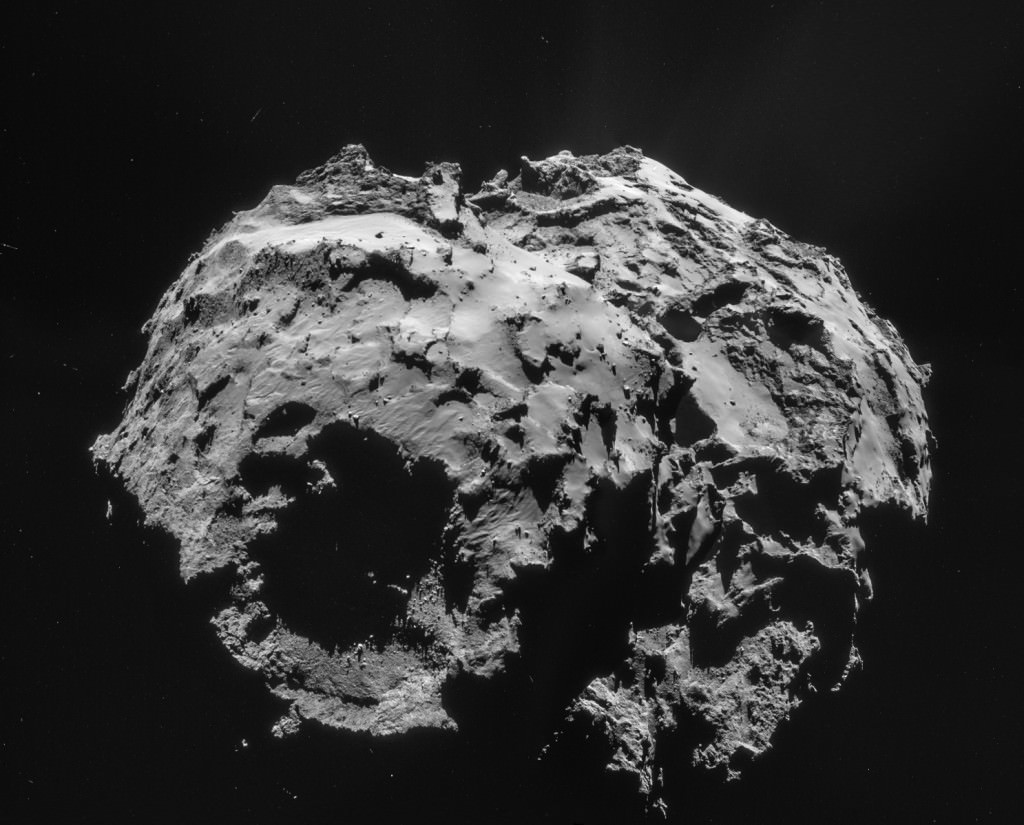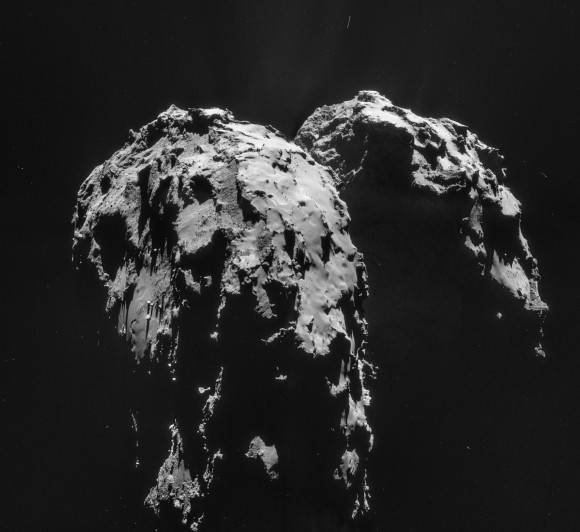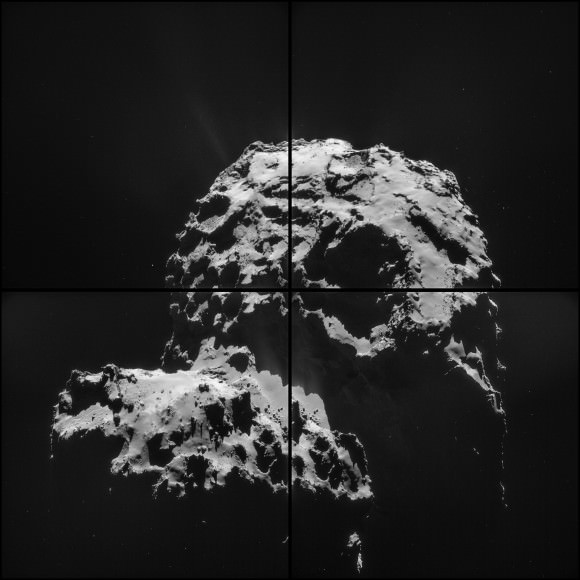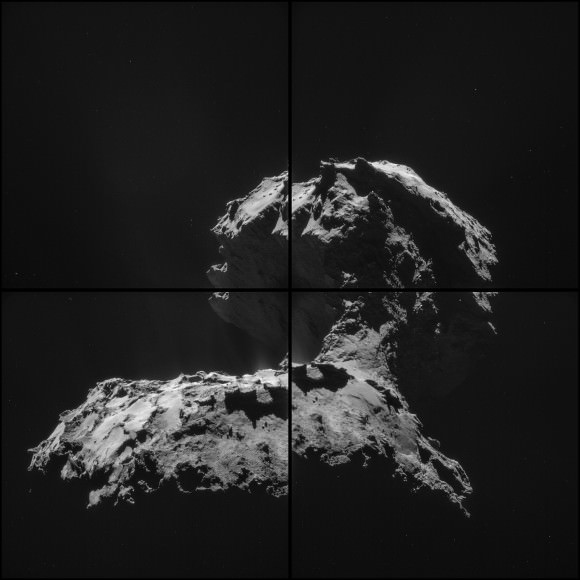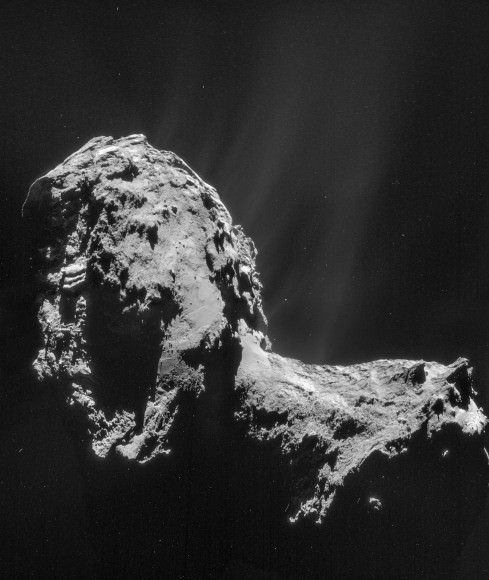Host: Fraser Cain (@fcain)
Special Guest: Amy Shira Teitel (@astVintageSpace) discussing space history and her new book Breaking the Chains of Gravity
Guests:
Morgan Rehnberg (cosmicchatter.org / @MorganRehnberg )
This Week’s Stories:
Falcon 9 launch and (almost!) landing
NASA Invites ESA to Build Europa Piggyback Probe
Bouncing Philae Reveals Comet is Not Magnetised
Astronomers Watch Starbirth in Real Time
SpaceX Conducts Tanking Test on In-Flight Abort Falcon 9
Rosetta Team Completely Rethinking Comet Close Encounter Strategy
Apollo 13 Custom LEGO Minifigures Mark Mission’s 45th Anniversary
LEGO Launching Awesome Spaceport Shuttle Sets in August
New Horizons Closes in on Pluto
Work Platform to be Installed in the Vehicle Assembly Building at NASA’s Kennedy Space Center in Florida.
Watching the Sunsets of Mars Through Robot Eyes: Photos
NASA Invites ESA to Build Europa Piggyback Probe
ULA Plans to Introduce New Rocket One Piece at a Time
Two Mysterious Bright Spots on Dwarf Planet Ceres Are Not Alike
18 Image Montage Show Off Comet 67/P Activity
ULA’s Next Rocket To Be Named Vulcan
NASA Posts Huge Library of Space Sounds And You’re Free to Use Them
Explaining the Great 2011 Saturn Storm
Liquid Salt Water May Exist on Mars
Color Map Suggests a Once-Active Ceres
Diverse Destinations Considered for New Interplanetary Probe
Paul Allen Asserts Rights to “Vulcan” Trademark, Challenging Name of New Rocket
First New Horizons Color Picture of Pluto and Charon
NASA’s Spitzer Spots Planet Deep Within Our Galaxy
Icy Tendrils Reaching into Saturn Ring Traced to Their Source
First Signs of Self-Interacting Dark Matter?
Anomaly Delays Launch of THOR 7 and SICRAL 2
Nearby Exoplanet’s Hellish Atmosphere Measured
The Universe Isn’t Accelerating As Fast As We Thought
Glitter Cloud May Serve As Space Mirror
Cassini Spots the Sombrero Galaxy from Saturn
EM-1 Orion Crew Module Set for First Weld Milestone in May
Special Delivery: NASA Marshall Receives 3D-Printed Tools from Space
The Roomba for Lawns is Really Pissing Off Astronomers
Giant Galaxies Die from the Inside Out
ALMA Reveals Intense Magnetic Field Close to Supermassive Black Hole
Dawn Glimpses Ceres’ North Pole
Lapcat A2 Concept Sup-Orbital Spaceplane SABRE Engine Passed Feasibility Test by USAF Research Lab
50 Years Since the First Full Saturn V Test Fire
ULA CEO Outlines BE-4 Engine Reuse Economic Case
Certification Process Begins for Vulcan to Carry Military Payloads
Major Advance in Artificial Photosynthesis Poses Win/Win for the Environment
45th Anniversary [TODAY] of Apollo 13’s Safe Return to Earth
Hubble’s Having A Party in Washington Next Week (25th Anniversary of Hubble)
Don’t forget, the Cosmoquest Hangoutathon is coming soon!
We record the Weekly Space Hangout every Friday at 12:00 pm Pacific / 3:00 pm Eastern. You can watch us live on Google+, Universe Today, or the Universe Today YouTube page.
You can join in the discussion between episodes over at our Weekly Space Hangout Crew group in G+, and suggest your ideas for stories we can discuss each week!


